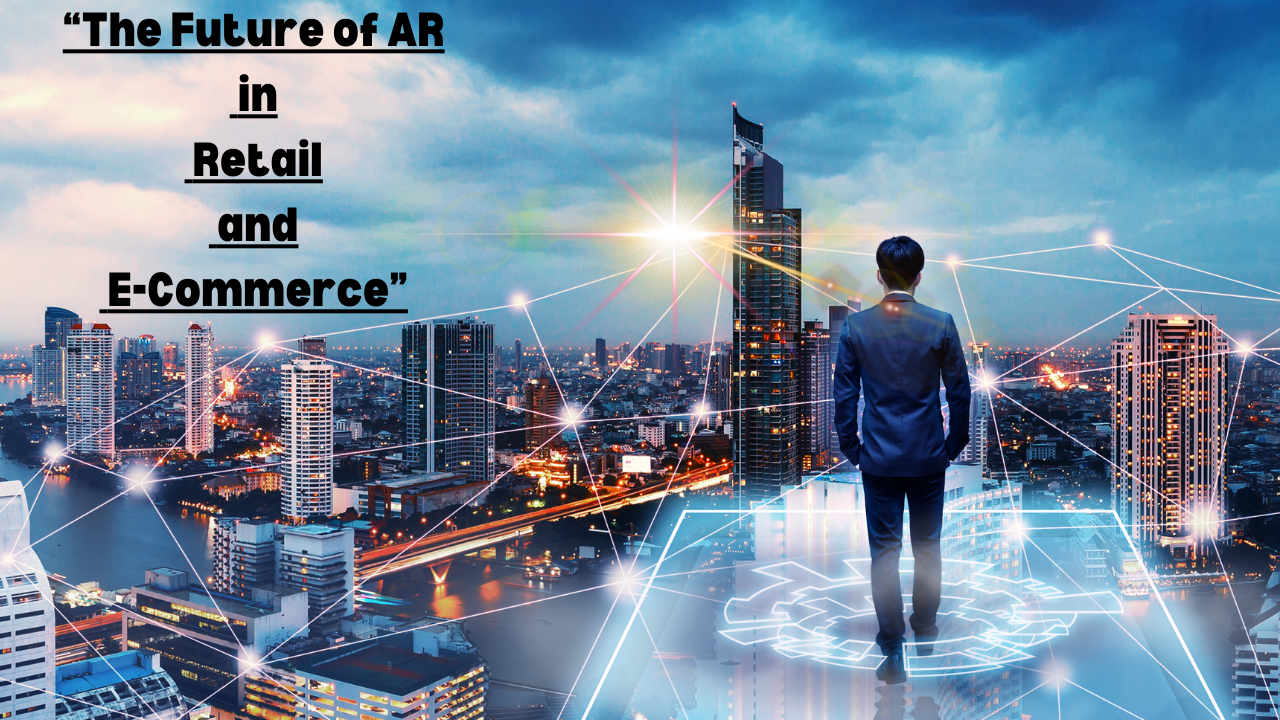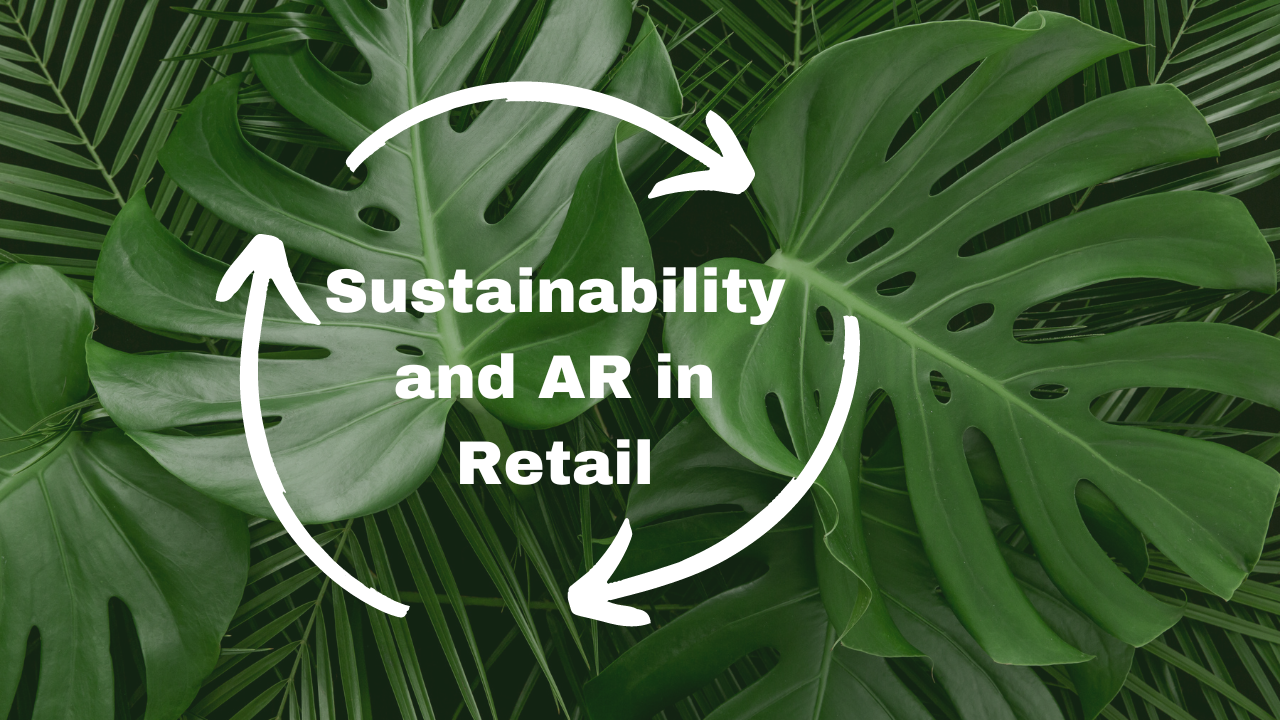Augmented Reality (AR) is revolutionizing the retail and e-commerce landscape by enhancing the shopping experience through interactive and immersive technology. As consumers increasingly seek unique and personalized shopping experiences, businesses are leveraging AR to bridge the gap between the digital and physical worlds. This article explores the top augmented reality applications transforming retail and e-commerce, highlighting their features, benefits, and impact on consumer behavior.
Understanding Augmented Reality in Retail
What is Augmented Reality?
Augmented Reality is a technology that overlays digital information, such as images, sounds, and other data, onto the real world. This interaction is often facilitated through smartphones, tablets, or AR glasses, allowing users to engage with virtual content tangibly.
The Role of AR in Retail
AR enhances the shopping experience in retail by providing customers with additional information and interactive elements that help them make informed purchasing decisions. It allows consumers to visualize products in their environment, try on items virtually, and engage with brands in a new and exciting manner.
Top AR Applications in Retail
IKEA Place
Overview
IKEA Place is a leading AR application that allows users to visualize how IKEA furniture would look in their homes before purchasing.
Features
- Realistic 3D Models: Users can place true-to-scale 3D models of furniture in their living spaces.
- Easy Navigation: The app includes an intuitive interface for browsing furniture and home décor items.
Benefits
IKEA Place reduces the uncertainty often associated with online furniture shopping. By enabling customers to see how items fit within their existing decor, the app helps minimize returns and boosts customer satisfaction.
Sephora Virtual Artist
Overview
Sephora’s Virtual Artist application revolutionizes the beauty shopping experience by allowing customers to try makeup virtually.
Features
- Virtual Try-Ons: Users can apply various makeup products to their faces using their device’s camera.
- Product Recommendations: The app provides personalized suggestions based on user preferences and skin tones.
Benefits
This AR application enhances the shopping experience by allowing customers to experiment with different looks without the need for physical products. It increases customer engagement and encourages purchases, as users can see how products look on them in real time.
L’Oreal AR Makeup App
Overview
Similar to Sephora, L’Oreal has developed its own AR makeup application, allowing users to try on a wide range of cosmetics.
Features
- Live Face Tracking: The app uses advanced face recognition technology to apply makeup in real-time.
- Social Sharing: Users can easily share their looks on social media platforms.
Benefits
L’Oreal’s AR app empowers users to make informed purchasing decisions by allowing them to visualize the impact of different makeup products. This application enhances customer confidence, ultimately leading to higher conversion rates.
Nike Fit
Overview
Nike Fit is an innovative AR application designed to help customers find the perfect shoe size.
Features
- Foot Measurement: The app uses AR technology to measure the user’s feet accurately.
- Personalized Recommendations: The app suggests the best-fitting shoes based on the measurements.
Benefits
By eliminating size-related uncertainties, Nike Fit enhances the online shopping experience for footwear. This reduces the likelihood of returns due to incorrect sizing and increases customer satisfaction.
Walmart Mobile App with AR Features
Overview
Walmart has integrated AR capabilities into its mobile app, enhancing the shopping experience for its customers.
Features
- Product Visualization: Users can visualize products in their home environment using AR.
- Store Navigation: The app provides AR-powered maps to help users navigate the store efficiently.
Benefits
This application streamlines the shopping experience, allowing customers to find items quickly and visualize how products fit within their homes. It enhances convenience and satisfaction while shopping at Walmart.
The Benefits of Augmented Reality in Retail and E-Commerce
Enhanced Customer Engagement
AR applications engage customers in a more interactive and immersive way. By allowing users to visualize products in their environment, brands can create a deeper connection with their customers, leading to increased brand loyalty.
Reduced Return Rates
One of the significant challenges in e-commerce is the high return rate due to mismatched expectations. AR helps mitigate this issue by enabling customers to see how products will look and fit before purchasing, reducing the chances of returns.
Improved In-Store Experience
For brick-and-mortar stores, AR enhances the in-store shopping experience by providing additional information and engaging content. Customers can interact with products in innovative ways, leading to increased sales and customer satisfaction.
Data Collection and Insights
AR applications can gather valuable data on customer preferences and behaviors. Retailers can analyze this data to understand consumer trends, preferences, and purchasing patterns, allowing for more effective marketing strategies.
Challenges of Implementing AR in Retail
High Development Costs
Creating AR applications can be costly and time-consuming. Retailers need to invest in technology and development to create high-quality AR experiences that meet customer expectations.
Technological Barriers
Not all consumers have access to the latest devices that support AR technology. Retailers must consider the technological limitations of their target audience when implementing AR solutions.
User Experience Challenges
If AR applications are not user-friendly, they can frustrate customers rather than enhance their experience. Retailers must focus on intuitive design and ease of use to ensure that customers can easily navigate and engage with AR content.
The Future of AR in Retail and E-Commerce
Integration with Artificial Intelligence
The future of AR in retail may see further integration with artificial intelligence (AI) to create even more personalized shopping experiences. AI algorithms can analyze customer data to provide tailored recommendations and improve the overall user experience.
Expansion into New Markets
As AR technology continues to evolve, we can expect its adoption to expand into new markets and industries. Retailers across various sectors, including fashion, home goods, and electronics, will increasingly leverage AR to enhance customer experiences.
Advancements in AR Technology
Ongoing advancements in AR technology will lead to more sophisticated and realistic applications. As hardware and software improve, the potential for AR in retail will grow, offering consumers more immersive and interactive experiences.
The Integration of Social Media and AR
Overview
The integration of augmented reality with social media platforms is opening new avenues for retail engagement. Brands are leveraging AR features on platforms like Instagram and Snapchat to create interactive advertisements that encourage user participation. This not only boosts brand visibility but also facilitates a more personalized shopping experience.
Impact
When users can try on products or visualize items in their environments directly through social media, it enhances their shopping journey. For example, a fashion brand might enable users to see how an outfit looks on them through their smartphone camera, leading to increased shares and organic promotion. This synergy between AR and social media not only drives sales but also fosters community engagement and brand loyalty.
The Importance of User-Centric Design in AR
Overview
For AR applications to be successful, they must prioritize user-centric design. This involves understanding consumer needs and behaviors to create intuitive interfaces that enhance the shopping experience. If users find an AR application confusing or difficult to navigate, they are less likely to engage with it.
Design Elements
Key elements of user-centric design include easy navigation, clear instructions, and responsive features. Brands must conduct user testing and gather feedback to refine their AR experiences continually. When designed effectively, AR can significantly enhance customer satisfaction, leading to higher conversion rates and brand loyalty.
Sustainability and AR in Retail
Overview
As consumers become increasingly eco-conscious, AR can play a vital role in promoting sustainability in retail. By allowing customers to visualize products in their space, brands can minimize the need for physical samples or prototypes, reducing waste.
Benefits
Moreover, AR can educate consumers about sustainable practices. For instance, a furniture brand could use AR to showcase how its products are sourced sustainably or highlight the environmental impact of different materials. This transparency builds trust with consumers and aligns with their values, making them more likely to choose brands that prioritize sustainability.
Conclusion
Augmented reality is transforming the retail and e-commerce landscape by creating immersive shopping experiences that engage customers and enhance their purchasing decisions. From virtual try-ons to interactive product visualizations, AR applications are changing how consumers interact with brands and products. As technology continues to advance, the impact of AR on retail is set to expand, offering exciting possibilities for both retailers and consumers.
By embracing AR, retailers can differentiate themselves in a competitive market, enhance customer satisfaction, and drive sales. The future of retail is undoubtedly augmented, and businesses that invest in this technology will be well-positioned to thrive in the evolving marketplace.
FAQs
What is augmented reality (AR) in retail?
Augmented reality (AR) in retail refers to technology that overlays digital content—such as images, videos, or 3D models—onto the real world, enhancing the shopping experience. It allows customers to visualize products in their environment, try on items virtually, and interact with brands in immersive ways.
How does AR enhance the shopping experience?
AR enhances the shopping experience by providing interactive features such as virtual try-ons, 3D product visualization, and personalized recommendations. This interactivity helps customers make more informed purchasing decisions and increases engagement with the brand.
What are some popular AR applications in retail?
Some popular AR applications in retail include:
- IKEA Place: For visualizing furniture in your home.
- Sephora Virtual Artist: For trying on makeup virtually.
- Nike Fit: For accurately measuring shoe sizes.
- Walmart Mobile App: For product visualization and in-store navigation.
What benefits does AR offer retailers?
AR offers several benefits to retailers, including:
- Enhanced customer engagement and experience.
- Reduced return rates due to better product visualization.
- Improved in-store experiences through interactive content.
- Valuable data collection and insights into consumer behavior.
Are there challenges to implementing AR in retail?
Yes, challenges include:
- High development costs for creating AR applications.
- Technological barriers, as not all consumers have AR-compatible devices.
- User experience challenges; poorly designed apps can frustrate customers.
